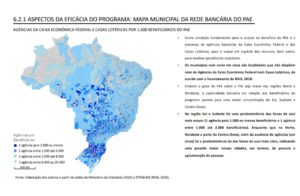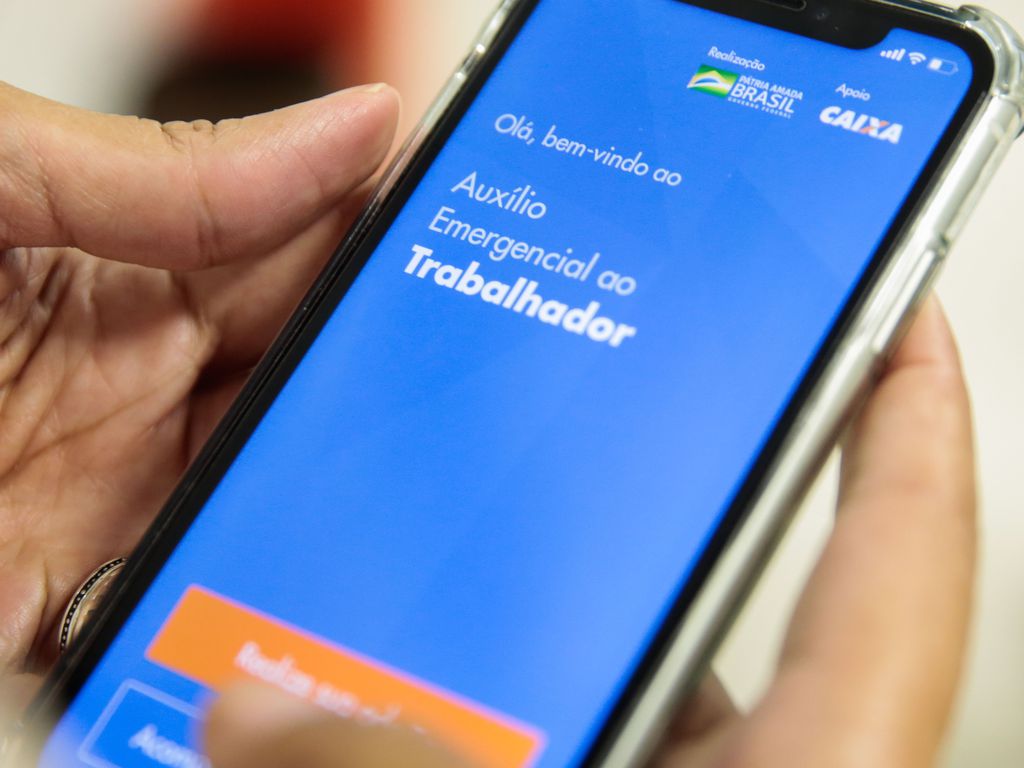São Paulo – Brazil’s Gross Domestic Product (GDP) numbers show that the economy is reacting to incentives such as the emergency aid program, said Ecio de Farias Costa, a professor at the Federal University of Pernambuco (UFPE), in an interview over the phone with ANBA. Brazil’s Q3 GDP was up 7.7% from Q2 to BRL 1.891 trillion (USD 364,5 bn), the Brazilian Institute of Geography and Statistics (IBGE) reported this Thursday (3).
Emergency aid was made available in April by the federal government to citizens deemed most vulnerable to the economic crisis triggered by the novel coronavirus – those unemployed or whose monthly per capita household income fell short of half a minimum wage. Aid was supplied in instalments of BRL 600 (USD 115), or BRL 1,200 (USD 230) for women-led households. By September, the aid was extended through December 31, in just four instalments of BRL 300 (USD 57), and double that amount for single-mother families. For these latter instalments, however, the criterion changed, and not everyone was able to get the cash.

Since July 2020, Costa and fellow economist Marcelo Acioly dos Santos Freire, of the Secretariat for Economic Development of the State of Pernambuco (SDEC-PE), have been poring over the impact of the aid policy on Brazil’s economy. Their study looks into highly vulnerable municipalities with lower income and GDP. The study points out issues that hamper people from getting aid, such as having no access to the internet or to local bank branches. Although the program added the most to GDP in the North and Northeast, bank availability is greater in the South, Southeast, and Midwest.
Industry and services
Nevertheless, Costa notes that industry gained the most, and is back to pre-pandemic February levels. According to the IBGE, industrial GDP was up 14.8% in Q3 from Q2. “Industry benefited greatly from emergency aid during the third quarter, because families have purchased more products and less services. And some of the funds earmarked for services purchases were even redirected towards the shopping of goods,” Costa explained.
This is due to the shelter-in-place orders. “You’re stuck at home, so instead of going to a restaurant, a hotel or the gym, you buy food, appliances, and household items in general. This was really evident in the third quarter.”
Even though services GDP was up 6.3% in Q3, activity is still slumping as there are less people on the streets. “Although there was a rebound, the slowdown [when the pandemic struck] was really pronounced, so we are yet to offset the losses we had, especially in the second quarter,” said Costa, who believes full recovery will only come once a vaccine is available.
Shifting consumer priorities
Emergency aid recipients were able to choose where to spend the cash. “This was really important, because families have used the funds as best as they could. They made rational decisions. You can tell that the poorest families have made improvements to their homes, they are having better diets, and some have even saved some cash.”
That should become evident in Q4 2020 and in Q1 2021. “Emergency aid will be made available until December, so that will carry over into the first quarter of next year. Not at the same level as before, but we will see growth, albeit at a slower rate,” said Costa.
Costa argues that there might have been some social mobility among the poorest, but only temporarily so. He argues that going into 2021, reforms will be needed, as well as concessions and new regulatory frameworks on gas and energy, to make investment easier and to rebalance government finances. He mentioned the need for a tax reform: “The tax burden on industry is over 50%. And more importantly, a tax reform would make it simpler to do business, and that would significantly improve the environment. We are world leaders in time spent making tax-related calculations,” the economist said.
Translated by Gabriel Pomerancblum




